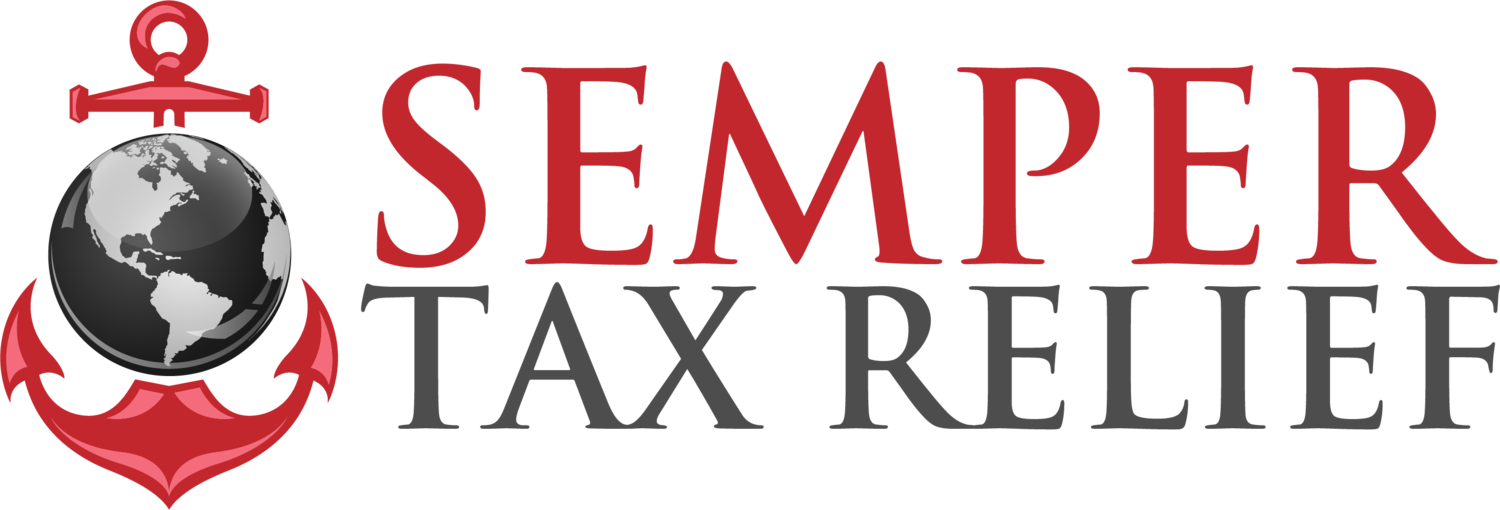
Self-Employed Tax Relief Guide
How to get out & stay of IRS Tax Problems when you are self-employed
(949) 506-3457
Self-employement is described as one who works independently as an owner of their own business, not employed as an employee of another business. Other Common terms used for someone that is self-employed:
Sole Proprietorship
Independent Contractor
Freelancer
Business Owner
Doing Business As ( D.B.A)
Fictitious Business Name (F.B.N)
Tax Time for the Self-Employed.
Tax time for the self employed can be a hassle if you are not familiar with the rules. The rule for self employed individuals is the same as any other type of business entity.
The Law is “ you must keep your business records available at all times for inspection by the IRS”. Sounds more like a threat of an audit then the law.
Self-Employed Income For the year
You will need to add up all the income, from all the sources for your self employement. This includes:
Cash Income
Merchant /Credit Cards
Checks Paid to you
You might have received some 1099 MISC or a 1099K that reported the amounts.
However it would be wise to review bank statements and other buinsess records to report the accurate amount.
Self Employed Asset Purchase & Miscellaneous Forms
Cetain expenses are categorized differently. For assets, equipment and cetrtain start up cost are categorized differently.
These accounts may need to be classified as deprecitaion or capitaliztion. This process involes the cost or purchase to be dedcuted over the next several years, depending on the asset type
Self Employed Business Expenses
The Type of Business expenses you can deduct for your business would be any expense for your type of business that is:
Reasonable
Ordinary
Nesessary
The IRS will not have records of the expenses, so it would be up to you to provide the total expense, categorized. Subtracting the expenses would lower the Net Business Income, therefore paying a lower tax.
Self Employment Tax in a nutshell
The Profit & Loss Statement
The IRS “Schedule C” is a fancy term for a profit & loss.
To determine the taxes for a self-employed individual, you would need to calculate the “ Net Business Income”. To come up with the net business income, you must account for All income and subtract business expenses.
At tax time there would be 3 steps necessary to provide to calculate a Schedule C or Profit & Loss:
Am I considered self employed?
The IRS & State will evaluate a set of rules to determine if you are self employed. There might be an evaluation of the circumstances and behavior to determine of you are an employee or self employed. Some of the self employed traits include:
Occupational Licensing
Control of your own scheduling
No supervision of the completed work
Paid for completion of projects or scope of work
The type of services performed
The Self employement Tax is calcuated on Schedule SE, and is based on the the net business income. Currently, the self employment tax rate is 15.3%
The Self Employment Tax, Schedule SE
Quickbooks is a great way to keep your business records in order. Through the software, it will link up with you bank accounts, credit cards and the calclaution of the profit & loss can be a breeze
Record Keeping in a flash
Schedule C is only a component of the tax return.
Completing the Tax Return
The Personal Income Tax 1040 calculates the “income tax”
The Personal Income Tax is an additional tax. The Schedule C only calculates the net business income. The net business income is subject to the self employed tax.
The self employed net business income is also taken into account to calculate the income tax.
However, there are other factors in determining the income tax. You would have to determine what other income types are taxable income. In addition whether you can use the standard deduction or itemize deduction, and review what tax credits you are eligible to claim.
Why do I have to pay the IRS estimated tax payments?
When someone is an employee, the paycheck has current-year tax withholdings. The self-employed do not! To help offset any income taxes, the estimated tax payments help out tax time as they serve as a deposit n your current year taxes with the IRS. . Someone that is self-employed earns income throughout the year that is generally paid out in gross sums, meaning that there were no taxes paid or withheld.
At tax time, it is likely for a self-employed individual to owe the IRS. paying the IRS estimated taxes throughout the year works as a deposit with the IRS.
Paying IRS Quarterly Estimated Tax Payments
The deposits throughout the year add up, and at tax time you have some taxes paid that will help avoid certain penalties for not paying estimated taxes.
The due dates for estimated Taxe:
04/15 - First Quarter ES Payment Due
06/15 - Second Quarter ES Payment Due
09/15 - Third Quarter ES Payment Due
01/15 - Fourth Quarter ES Payment Due
The IRS would require you to make estimated tax payments if you are self-employed and your tax amount is over $1,000. The amount of the current Estimated Tax payment is determined by the tax on the previous tax return.










